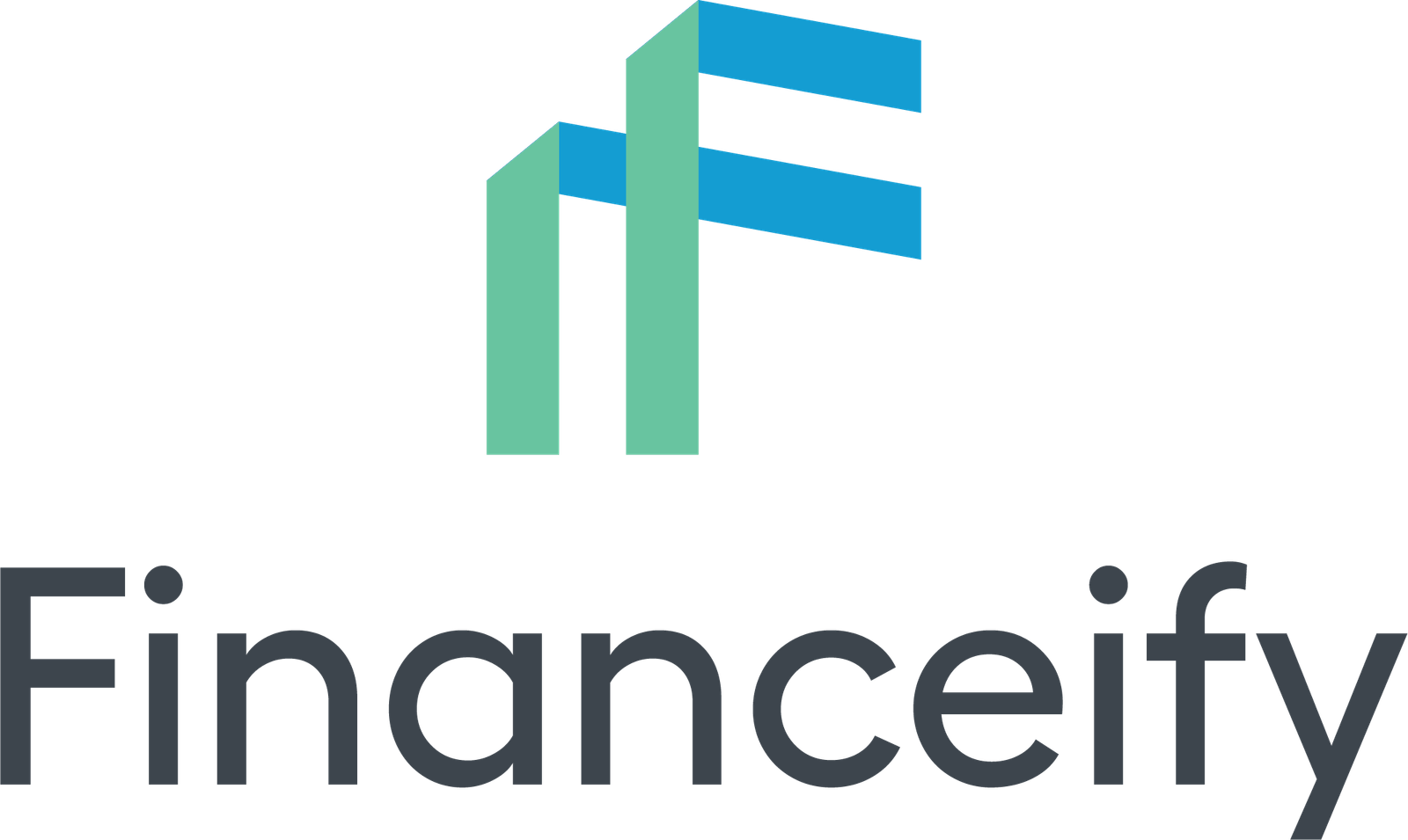Long-awaited efforts to increase cost disclosure to investors – covering both mutual funds and segregated funds – have finally fallen through, but it will be several years before investors actually have this information.
The Canadian Securities Administrators (CSA) are adopting new total cost reporting (TCR) requirements for mutual funds (mutual funds, ETFs and endowment plans) that expand the scope of disclosures introduced under the second phase of the Customer Relationship Model (CRM2) reforms in 2016 .
The new requirements, initially called CRM3, will provide investors with annual disclosure of all built-in costs of holding funds, including management expense ratios (MERs) and trading expense ratios (TERs), in both dollars and percentages.
The CRM2 reforms initiated the practice of explaining these built-in costs to investors by requiring them to disclose trailer fees annually. The new requirements are intended to provide investors with constant access to information about all expenses affecting their profits. At the same time, insurance regulators are adopting similar requirements for investors in segregated funds.
In a notice detailing the reforms, the CSA and the Canadian Council of Insurance Regulators (CCIR) said these changes represent their joint effort to improve disclosures to investors and ultimately improve outcomes for investors.
“One of the important issues we want to address is the fact that there are currently no requirements for securities industry registrants or insurers to provide investors and policyholders with ongoing reports on the amount of such costs following the first sale of an investment product, in a form that is specific to an individual’s holdings and easily understandable,” regulators said. They added that providing this type of disclosure would increase investor protection by better empowering investors to monitor and manage the costs of their portfolios.
For segregated fund owners, insurance regulators also expect the new requirements to improve “investor awareness of their guarantee rights under segregated fund contracts and how their actions may impact their guarantees,” the notice says .
However, it won’t be until 2027 that investors will start receiving this improved information.
While regulators have been working on these reforms for several years, in response to industry concerns about the costs and complexity of complying with the new requirements, regulators are granting an extended transition period.
The new requirements will not come into force until 2026, and the year ending December 31, 2026 will be the first period in which companies will be obliged to submit reports to customers.
In addition to the extended transition period, the final changes also aim to address other industry implementation concerns by requiring annual reporting (rather than monthly or quarterly reporting on customer account statements, which has been taken into account), allowing flexibility in calculating reported amounts for investors and (at least initially) the exclusion of certain products (prospectus-exempt funds and employee funds) from the requirements, as well as other changes to the draft applications.
As with the CRM2 reforms, the industry self-regulatory organization (SRO) is expected to adopt its own regulatory changes to harmonize them with the new CSA requirements.
Regulators have also indicated that they intend to establish a joint implementation committee, which will include SROs, to provide guidance and help industry firms adopt the requirements.
“Investors must be aware and understand the costs they incur in order to assess the value they receive and make informed decisions,” Stan Magidson, chair of the CSA and chairman and CEO of the Alberta Securities Commission, said in the release.
“These changes will increase investor and policyholder awareness of the ongoing, embedded costs of holding investment funds and individual segregated fund contracts, including management fees and transaction costs,” he said. “This additional transparency will help investors ask the right questions of their dealing representatives and life insurance agents and make more informed decisions, which should ultimately result in better investment results.”
“The Canadian Council of Insurance Regulators supports consumers with full and complete information when making financial decisions,” said Robert Bradley, chair of CCIR. “With this in mind, we have worked with other financial services regulators and the industry to present today the overall cost reporting requirements for individual segregated fund and investment fund arrangements. Insurance regulators continue to expect the insurance industry to bring TCR insurance guidelines to market in a timely manner that suits the investment sector.


